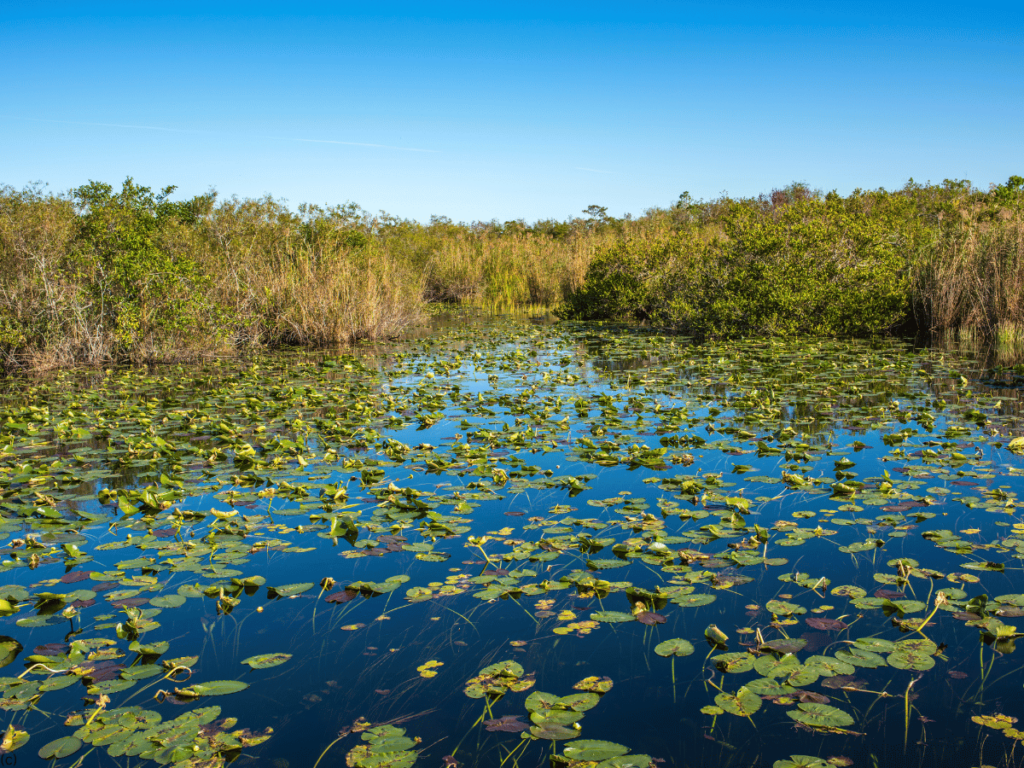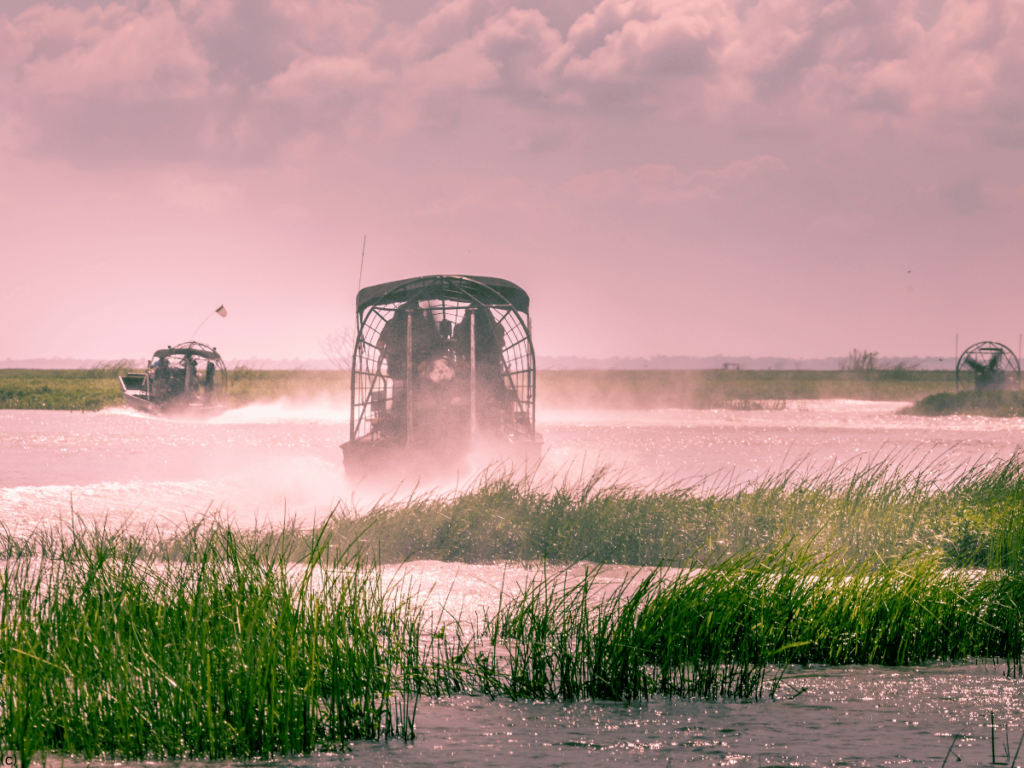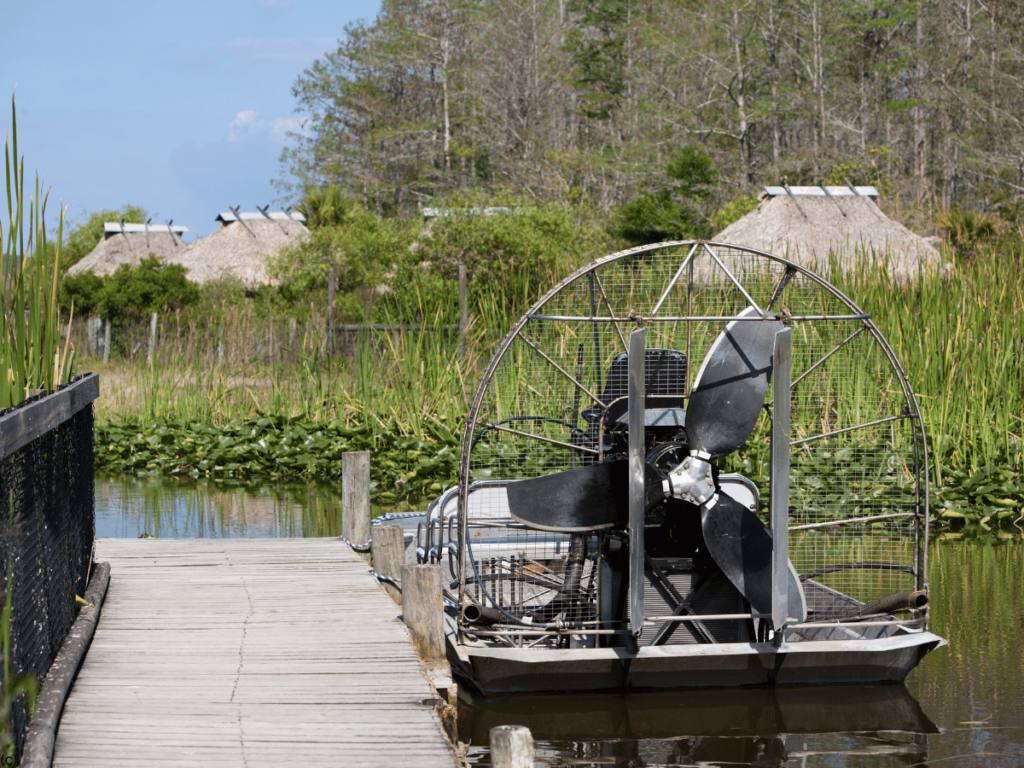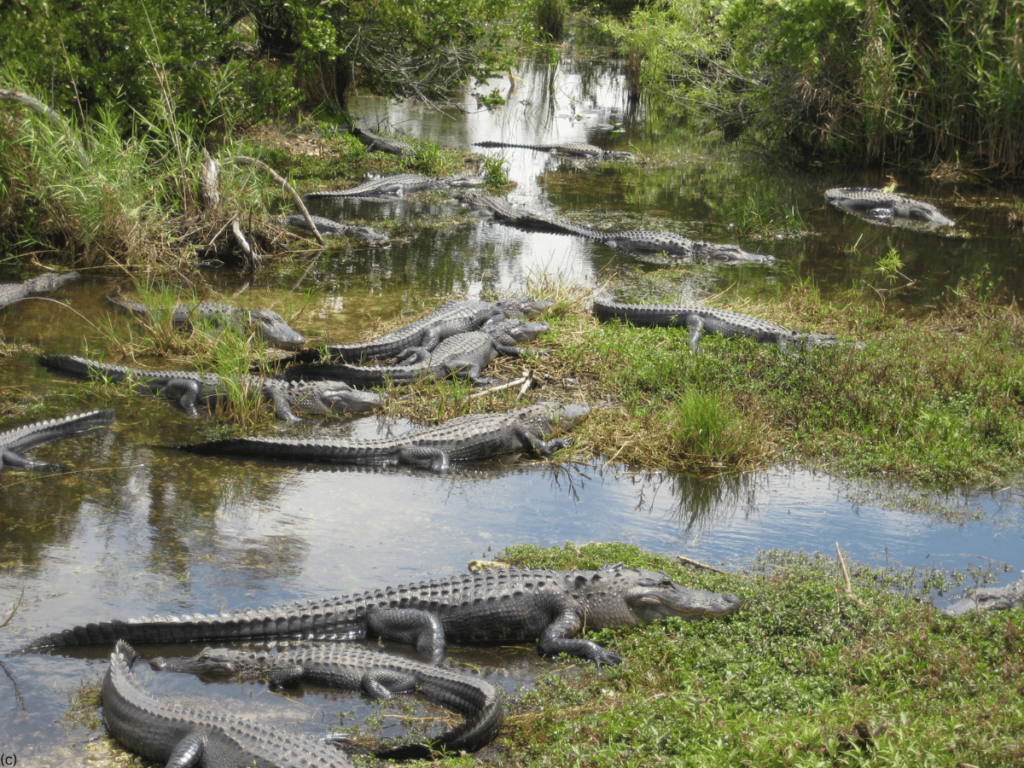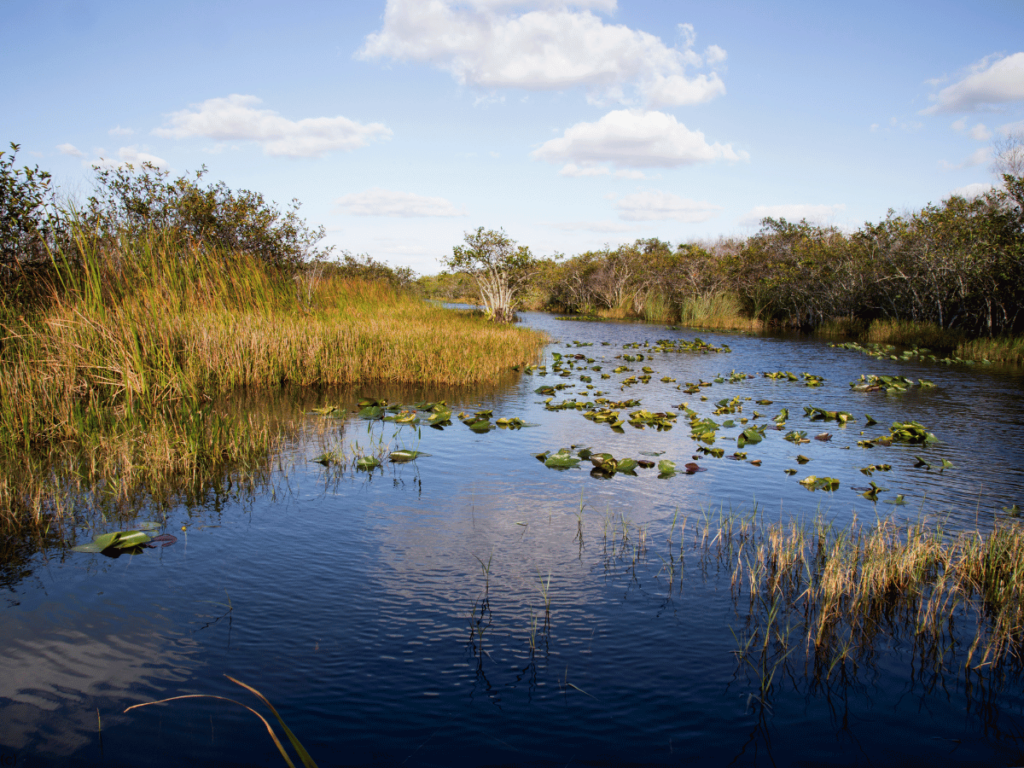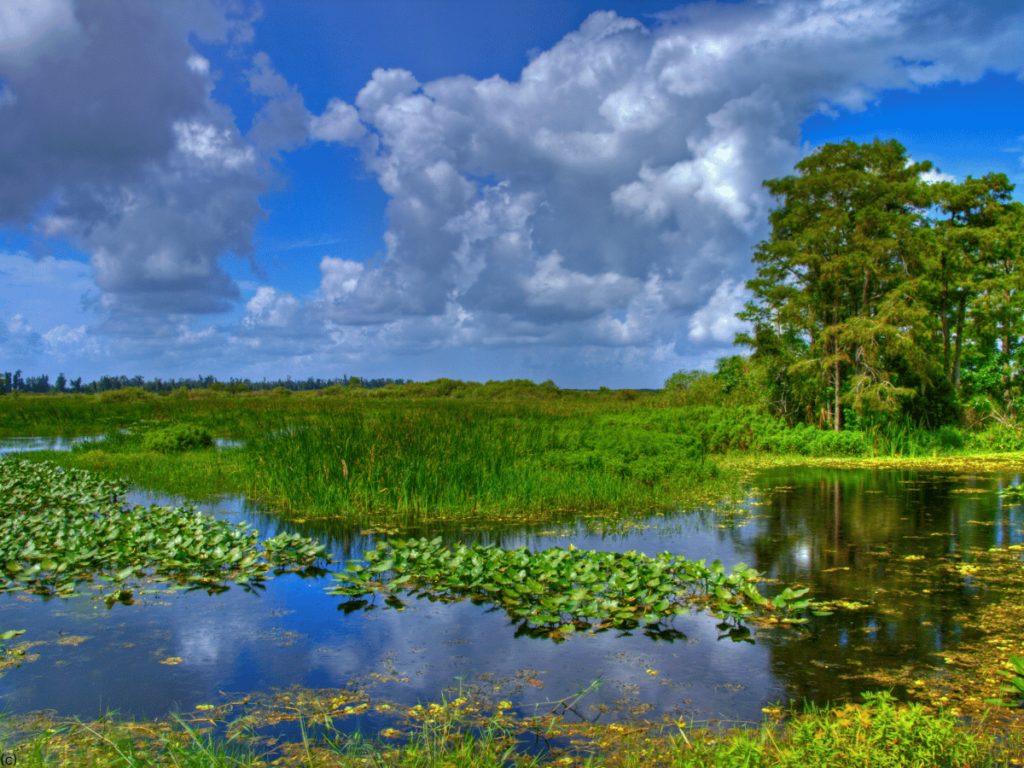
Nestled in the southern tip of Florida lies Everglades National Park, one of the most unique and diverse ecosystems in the United States. Spanning over 1.5 million acres, this vast subtropical wilderness is home to a wide array of wildlife, rare plant species, and one of the most vital wetlands on Earth. Known as the “River of Grass,” the Everglades is a slow-moving river, flowing from Lake Okeechobee through a mosaic of wetlands, forests, and estuaries before it empties into the Gulf of Mexico. It’s a landscape unlike any other in the world, making it a must-visit destination for nature enthusiasts, adventurers, and those seeking an authentic connection with the natural world.
In this blog post, we’ll explore the fascinating history of Everglades National Park, its unique ecosystem, the best things to do and see, and tips for making the most of your visit.
A Brief History of Everglades National Park
Before becoming a national park, the Everglades was home to indigenous people, including the Calusa and the Seminole tribes, who thrived in the region for thousands of years. The first major European exploration of the Everglades took place in the 19th century, but the idea of preserving this unique ecosystem did not gain traction until the early 20th century. Developers initially saw the wetlands as a wasteland that could be drained for agricultural use, leading to major efforts to reclaim the land for farming and settlement.
However, conservationists like Marjory Stoneman Douglas were instrumental in shifting public perception. Her book, The Everglades: River of Grass, published in 1947, highlighted the importance of the Everglades as a critical and fragile ecosystem. Thanks to her efforts and those of others, Everglades National Park was established in 1947, making it the first national park created to protect a fragile ecosystem rather than scenic beauty. Today, it is recognized as a World Heritage Site, a Wetland of International Importance, and a UNESCO International Biosphere Reserve.
Ecosystem and Biodiversity of the Everglades
The Everglades is often referred to as a “slow-moving river,” with water flowing just a half-mile per day across a vast expanse of wetlands, swamps, and mangroves. This ecosystem supports an astonishing array of wildlife and plant life, making it one of the most biodiverse regions in North America.
Key Ecosystems Within the Park:
- Freshwater Sloughs and Marl Prairies: These areas are characterized by slow-moving water and are crucial habitats for species like the American alligator and the endangered Cape Sable seaside sparrow. The vast expanses of sawgrass marshes define much of the landscape.
- Cypress Swamps: These forested wetlands are dominated by towering bald cypress trees that can live for hundreds of years. The swamps are home to unique wildlife like the Barred owl and River otters.
- Mangrove Forests: Along the southern coast, the Everglades transitions into saltwater environments, where mangrove forests play a crucial role in preventing erosion and providing habitats for a variety of marine life, such as juvenile fish and manatees.
- Pinelands and Hardwood Hammocks: These higher, drier areas are home to pine rocklands and dense hardwood hammocks, which support species like the Florida panther, white-tailed deer, and a variety of birds.
Wildlife of the Everglades:
The Everglades is home to more than 360 species of birds, 40 species of mammals, 300 species of fish, and over 50 species of reptiles. Notable species include:
- American alligator and American crocodile: The Everglades is one of the only places in the world where these two reptiles coexist.
- Florida panther: One of the most endangered animals in the United States, the Florida panther roams the park’s pinelands and hardwood hammocks.
- Roseate spoonbill: A striking pink bird, often seen feeding in shallow waters.
- Manatees: These gentle, slow-moving creatures are found in the warmer waters of the park’s coastal mangroves and estuaries.
- Wading birds: Species such as great blue herons, egrets, ibis, and wood storks are commonly seen foraging in the shallow waters.
Top Things to Do in Everglades National Park
From wildlife watching to kayaking through mangrove tunnels, the Everglades offers a wide range of activities for visitors to experience its unique beauty and biodiversity. Here are some of the top things to do during your visit:
1. Wildlife Viewing and Birdwatching
Everglades National Park is a wildlife lover’s paradise. One of the best ways to experience the park’s abundant fauna is by exploring the popular Shark Valley area. Visitors can take a leisurely walk or rent a bicycle to ride the 15-mile paved loop trail, which offers excellent opportunities to spot alligators, herons, ibis, and other wildlife. A stop at the Shark Valley Observation Tower provides panoramic views of the vast landscape.
Birdwatchers will find endless opportunities to spot rare and migratory bird species, especially during the winter months when the park becomes a haven for birds escaping the colder climates. Areas such as the Anhinga Trail, Flamingo Visitor Center, and Eco Pond are popular birdwatching hotspots.
2. Airboat Tours
Airboat tours are one of the most iconic ways to explore the Everglades, offering an exhilarating experience as you glide across the shallow waters and sawgrass prairies. Airboats give visitors a unique vantage point to see alligators, birds, and other wildlife up close. There are several operators just outside the park boundaries that offer guided airboat tours. However, it’s important to note that airboats are not allowed within the main areas of Everglades National Park itself to protect its delicate ecosystem.
3. Ranger-Led Programs
For a deeper understanding of the park’s ecology and history, consider joining one of the many ranger-led programs offered at various visitor centers. These programs include guided walks, talks, and canoe trips, providing visitors with expert knowledge of the Everglades’ unique flora and fauna. The Anhinga Trail at the Royal Palm Visitor Center is a popular choice for guided walks, where you can observe abundant wildlife while learning about the natural history of the park.
4. Kayaking and Canoeing
For a more intimate exploration of the Everglades’ waterways, kayaking and canoeing offer a peaceful and immersive way to experience the mangroves, sloughs, and freshwater marshes. Popular paddling routes include the Nine Mile Pond Canoe Trail and the Hell’s Bay Canoe Trail, both offering opportunities to see alligators, birds, and turtles in their natural habitat.
For a longer adventure, consider the Wilderness Waterway, a 99-mile marked paddling route that stretches from the Gulf Coast Visitor Center to the Flamingo Visitor Center. This challenging route takes several days to complete and requires careful planning, but it offers a remote and unforgettable journey through the heart of the Everglades.
5. Camping
Everglades National Park offers both frontcountry and backcountry camping options for those who want to extend their stay and fully immerse themselves in the natural surroundings. The park’s two main campgrounds, Long Pine Key and Flamingo, offer easy access to the park’s trails and wildlife viewing areas. Flamingo Campground, located on the southern tip of the park, offers stunning views of Florida Bay and the chance to spot manatees and dolphins from the shore.
For those seeking a more adventurous experience, backcountry camping is available at several wilderness campsites accessible only by canoe, kayak, or boat. These campsites range from chickees (raised platforms over the water) to beach sites and inland ground sites. Permits are required for all backcountry camping, and it’s important to be well-prepared for the conditions, as some areas are remote and challenging to access.
6. Biking
Biking is another great way to explore the park, especially in the Shark Valley area. The 15-mile loop road is popular with cyclists, and the flat terrain makes for an easy ride. Along the way, you’ll have plenty of chances to see wildlife like alligators and turtles basking in the sun.
If you don’t have your own bike, you can rent one at the Shark Valley Visitor Center. This route is best in the early morning or late afternoon when temperatures are cooler, and wildlife is more active.
7. The Anhinga Trail
Located near the Royal Palm Visitor Center, the Anhinga Trail is one of the park’s most accessible and popular trails, known for its abundance of wildlife. The short, paved and boardwalk trail takes visitors through sawgrass marshes, where alligators, turtles, and wading birds are frequently seen. It’s a great spot for photography, especially during the dry season when wildlife congregates around the remaining water sources.
8. Slough Slogging
For a truly unique Everglades experience, join a slough slogging adventure with a park ranger. Slough slogging involves wading through the shallow, slow-moving waters of the Everglades, giving you a close-up view of the park’s intricate ecosystem. This off-trail experience takes you through cypress domes and sawgrass prairies, where you can observe the diverse plant and animal life that thrives in these wetlands.
Best Time to Visit the Everglades
The Everglades has two distinct seasons: the dry season (November to April) and the wet season (May to October). The best time to visit is during the dry season, when temperatures are cooler, humidity is lower, and mosquitoes are less of a concern. Wildlife is also more concentrated around water sources, making it easier to spot animals such as alligators and birds.
The wet season, while hotter and more humid, offers a lush and green landscape with fewer crowds. However, flooding can make some trails and areas inaccessible, and mosquitoes can be more prevalent, so visitors should come prepared.
Tips for Visiting Everglades National Park
- Prepare for the Weather: The Everglades can be hot and humid, especially during the wet season. Be sure to wear light, breathable clothing, sunscreen, and a hat. Carry plenty of water to stay hydrated.
- Bring Mosquito Repellent: Mosquitoes can be a challenge, particularly in the wet season. Be sure to bring insect repellent, wear long sleeves, and consider visiting during the cooler dry season.
- Respect the Wildlife: The Everglades is a protected ecosystem, and it’s important to keep a safe distance from wildlife. Never approach or feed animals, especially alligators, as this can be dangerous for both humans and the animals.
- Stay on Marked Trails: While it can be tempting to explore off the beaten path, it’s essential to stay on marked trails and respect park regulations to protect the environment and ensure your safety.
- Plan for Remote Areas: If you’re venturing into the backcountry or taking a longer paddling trip, ensure you are well-prepared with a detailed map, GPS, food, water, and all necessary camping permits.
Everglades National Park is a world unlike any other, where water, wildlife, and wilderness converge in a beautiful and delicate balance. From its vast sawgrass prairies to its mysterious mangrove forests, the Everglades offers endless opportunities for adventure, discovery, and reflection. Whether you’re paddling through a mangrove tunnel, biking along Shark Valley, or spotting rare birds from a quiet trail, this “River of Grass” is a place where nature reigns supreme.
With a rich history, remarkable biodiversity, and an ever-changing landscape, Everglades National Park is not only a haven for wildlife but a testament to the importance of preserving our planet’s most precious ecosystems.
